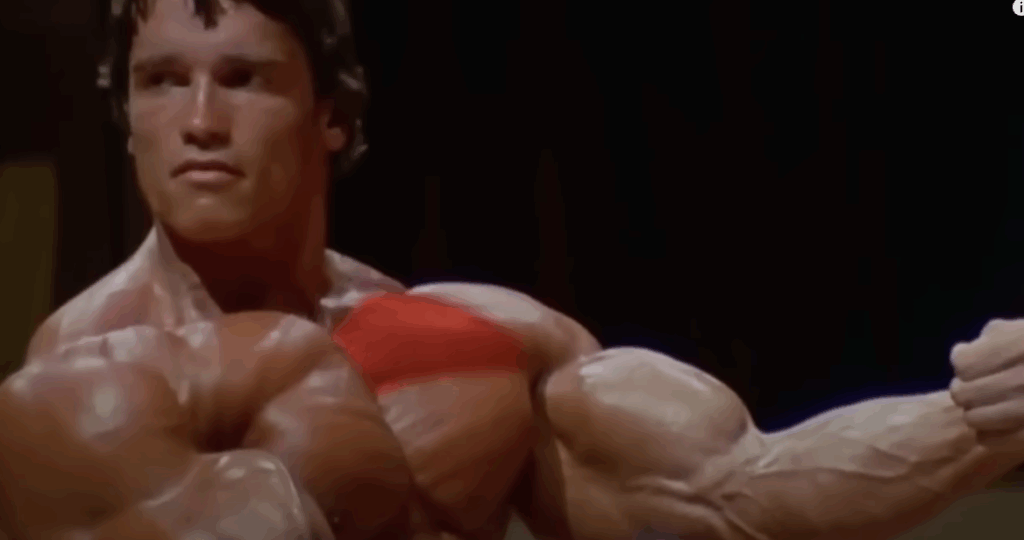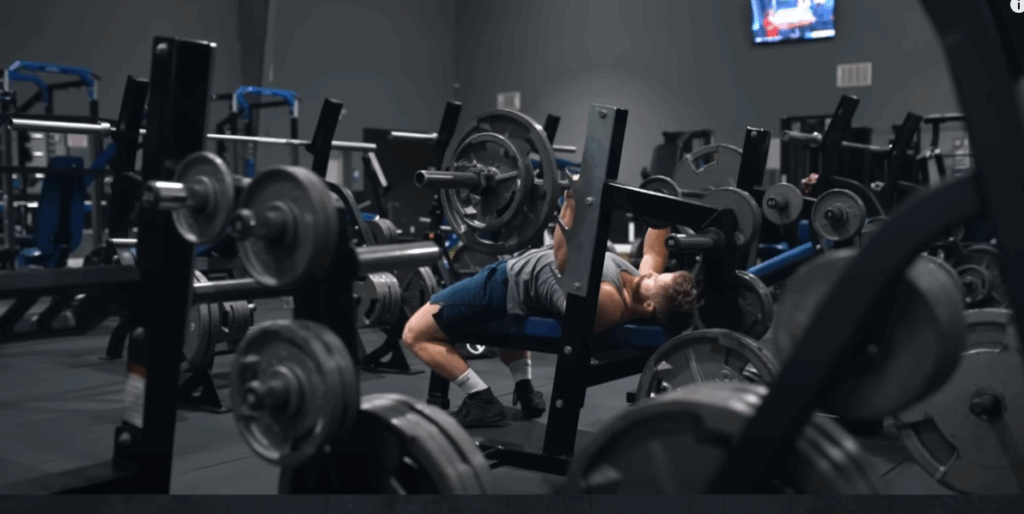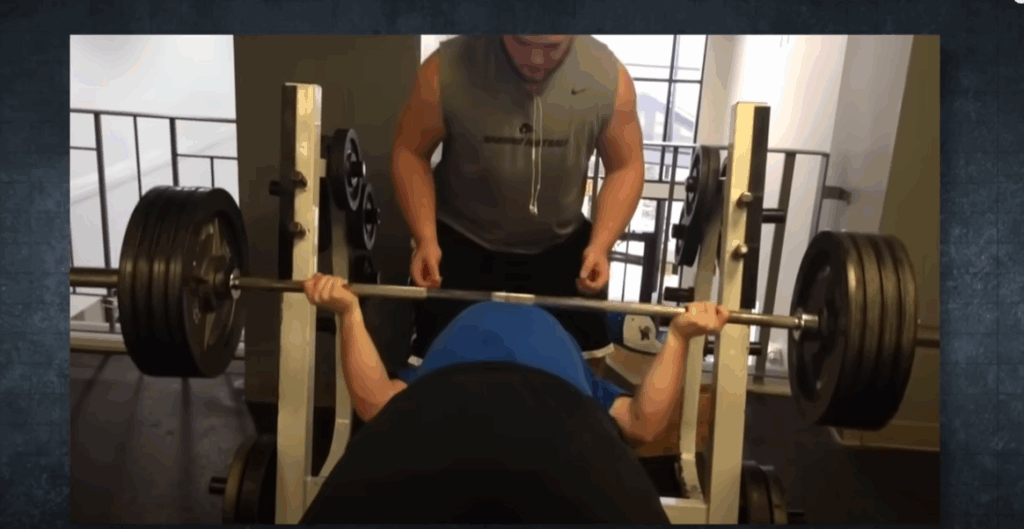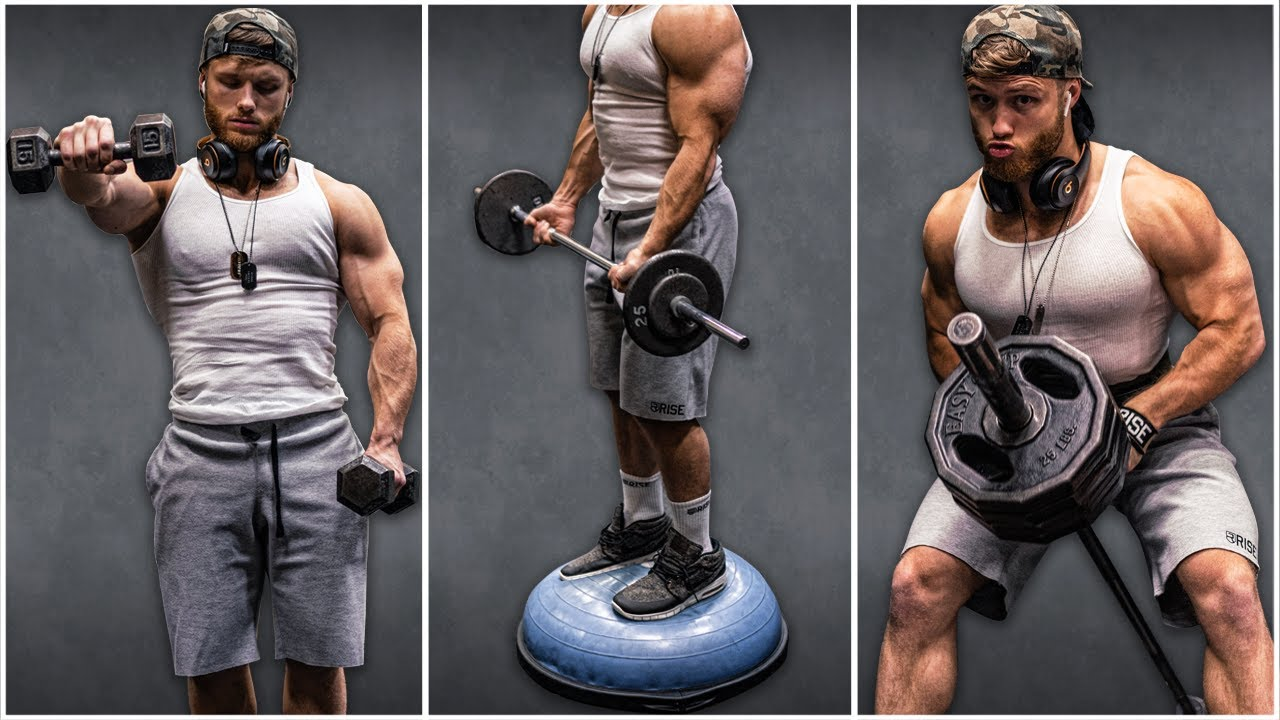When designing a well-rounded training program, choosing the right exercises can make or break your progress. Over the years, I’ve evaluated hundreds of movements—some of which consistently help people build size and strength, and others that do little more than waste time or create unnecessary risk.
Let’s be clear: very few exercises are inherently “bad.” Most simply become poor choices when applied incorrectly or done with the wrong goal in mind. As Brett Contreras once said, “Exercises are tools—you’re the carpenter.” That said, some tools just aren’t worth pulling out for most lifters trying to build muscle or get stronger.
Here’s a list of 10 exercises I recommend you think twice about. I’ll explain why they often fall short and offer better alternatives to help you train smarter and safer.

1. Standing Dumbbell External Rotations
You’ve probably seen this warm-up: someone stands upright, holding dumbbells at 90 degrees, trying to externally rotate their shoulders. The issue? Gravity works vertically, but this motion moves horizontally. That means the dumbbell offers almost no resistance during the actual rotation—your biceps hold tension, not your rotator cuff.
Better Option: Use resistance bands or cables for external rotation. They provide tension in the correct direction and effectively target the rotator cuff and rear delts.
2. Above-the-Knee Rack Pulls
This variation of the deadlift allows you to move massive weight from a short range of motion, often just a few inches. But for most lifters, the tradeoff isn’t worth it. You miss out on valuable glute and hamstring engagement and risk trashing your gym’s equipment by dropping loaded bars from awkward heights.
Better Option: Try block pulls from just below the knee or standard deadlifts with adjusted range of motion. Hip thrusts also do a better job targeting the glutes in full extension.
3. Cable Squats
In this version, you hold a cable handle in front of you while squatting backward. The result? The resistance pulls you forward, reducing emphasis on your quads and glutes while turning the movement into a balance drill.
Better Option: Stick with squat variations that provide axial loading—goblet squats, barbell back squats, front squats, or machine-based squats like hack squats.
4. Ass-to-Grass (ATG) Squats for Everyone
While deep squats are great in theory, not everyone has the mobility or joint structure to perform them safely. For some lifters, squatting below parallel results in butt wink and spinal rounding, increasing injury risk without any added muscle-building benefit.
Better Option: Squat to the depth your body allows without compromising form. Parallel or just below is sufficient for strength and hypertrophy. Tailor depth to your anatomy, not internet pressure.

5. Shoulder Press on the Hack Squat Machine
Yes, people really do this. The idea is to repurpose the hack squat machine for shoulder pressing by sitting the “wrong way.” The problem? These machines aren’t designed for this, often forcing your joints into awkward angles and limiting effective resistance.
Better Option: Use machines made for overhead pressing or stick with free weight movements like dumbbell or barbell shoulder presses for more comfort and better muscle activation.
6. Landmine Rows with Upright Posture
Rowing while standing tall and pulling the landmine handle toward your chest might look powerful, but it dramatically shortens the range of motion and decreases tension on the lats.
Better Option: Lean forward more, maintain a strong hip hinge, and pull with control. This keeps the lats under tension through a full range and reduces reliance on momentum.
7. Barbell Curls in the Squat Rack
Technically not a bad exercise, but definitely bad gym etiquette. Squat racks are limited resources in most gyms. Doing curls in one—especially when others need it for squats—is just inconsiderate.
Better Option: Use an EZ bar or standard barbell in open space or grab some dumbbells. Save the racks for squats, presses, and other compound lifts that require safety bars.
8. Front Raises (for Most Lifters)
The front delts are already heavily recruited during pressing movements like bench press, incline press, and overhead press. Adding front raises on top of all this usually leads to overdevelopment and shoulder imbalances.
Better Option: Prioritize side lateral raises and rear delt flys to improve shoulder symmetry. If your program already includes a lot of pressing, you’re likely covering the front delts sufficiently.
9. Behind-the-Neck Presses and Pulldowns
These old-school lifts have fallen out of favor for good reason. They place the shoulder joint in a compromised position, especially if you lack the mobility to keep your spine and shoulder blades aligned. Studies also show that pulling to the front activates the lats just as well—if not better—without the risk.
Better Option: Stick with front overhead presses or standard lat pulldowns. Combine them with lateral raises or pullovers to target supporting muscles more safely.
10. BOSU Ball Squats and Curls
Standing on a wobbling surface while squatting or curling might make you feel “functional,” but it sacrifices force output and muscle control. Research shows that lifting on unstable surfaces significantly reduces strength and hypertrophy potential while increasing the risk of injury.
Better Option: Keep your feet on solid ground for strength and size. BOSU ball training might have some rehab or athletic prep utility, but for most people trying to build muscle, it’s a step backward.

Final Thoughts
There’s a time and place for almost every exercise—but not all exercises deserve a place in your weekly routine, especially if you’re focused on building muscle, gaining strength, and training efficiently.
Use this list not as a blacklist, but as a reminder to prioritize exercises that:
- Fit your body mechanics
- Provide measurable overload
- Respect joint safety and comfort
- Align with your training goals
If a movement feels awkward, doesn’t stimulate the target muscles, or seems like a social media gimmick, chances are there’s a better alternative.
Train smart. Choose wisely. And always remember: what builds muscle is consistent effort on quality movements—not novelty or complexity.



